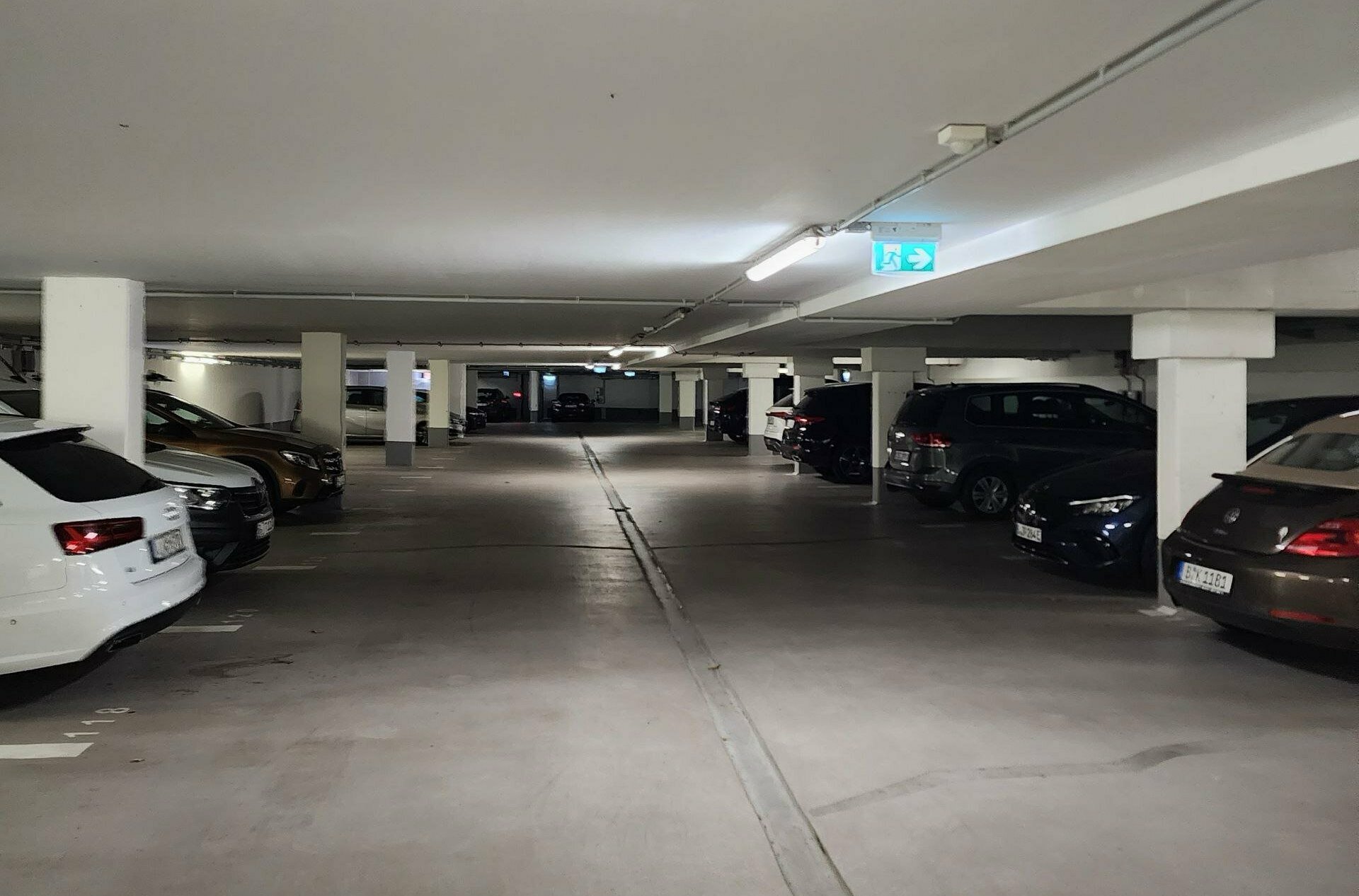





Find parking near Alt-Treptow, Treptow-Köpenick, Berlin
Alt-Treptow is a vibrant and charming neighborhood with a rich, colorful history. It is one the Namensgebers of Treptow-Kopenick, its borough. It is located in the south west of Neukolln and borders Planterwald to the east. Alt-Treptow was once a transportation hub that connected to waterways, railroads, and roads.
Alt-Treptow's fascinating history dates back to the Middle Stone Age. Jager and Sammler left their mark on the area as shown by the faceted hammer-axe found in the Schlesischen Busch. In the 6th and 7th centuries, Slavs (also known as Wenden) inhabited this area permanently. Alt-Treptow was originally the name of the river extension south of Rummelsburger See. It had many versions, including Trebow, Trebkow Trebikow and Trepkow. The name Alt-Treptow evolved over time to refer to a fishing community that settled in a forested area close by a rich fish location. According to the Kammereirechnung or chamberlain’s account from 1568 the residents called the settlement Der Trebow. Some sources claim that the word derives from the Slavic "drewo", which means "hardwood" or "drewko", meaning "small hardwood". Others attribute it to water ("Treptau") The location is now occupied by Gasthaus Zenner. In addition, the account states that residents had to pay the city 24 Groschen for water and 32 Groschen for heath rent to beekeeping for the right of fishing. A 1590 city protocol states: "At Trebkow...the Council of Colln owns a small house and two others on the creek which goes from Rixdorf to the Spree." The area beyond the wall of the city was deemed unsafe, so no further settlements were known. Landwehrkanal was built to drain fields and formed the border between Berlin and the city. South of the canal, the Collnische Heide was located. It was formerly called Mirica. Markgraf Otto III. Markgraf Otto III. The young city at the time had very little wood for construction. The northern part of the city, known today as Birkheide and Vorderheide, comprises Alt-Treptow. The southern part, which includes Spreeheide (also called Hinterheide) acquired by Johanniterorden 1435, extends from Kopenicker Forst to Kopenicker Forst. This area roughly corresponds with today's Baumschulenweg district. In 1709, when Alt-Berlin and Colln, Friedrichswerder and Dorotheenstadt and Friedrichstadt were merged to form the Royal Capital City and Residence City Berlin, the Collnische Heide - formerly called the Stadtforst - became a part of Berlin.
Mobypark offers hassle-free parking in Alt-Treptow
Parking in cities can be difficult.
Parking rates near Alt-Treptow
Parking time
Mobypark parking rates
1 hour parking
from € 4.00
24 hours parking
from € 28.00
1 week parking
from € 100.00
1 month parking
from € 250.00



